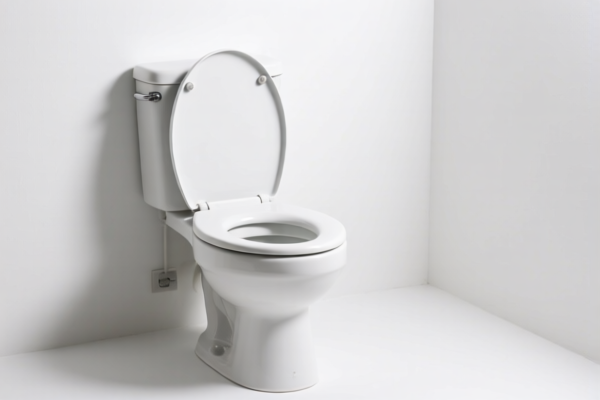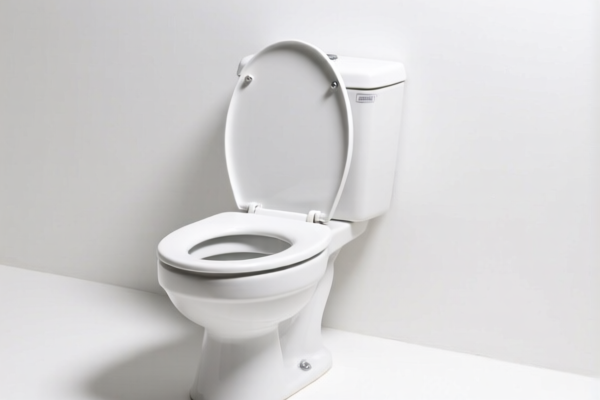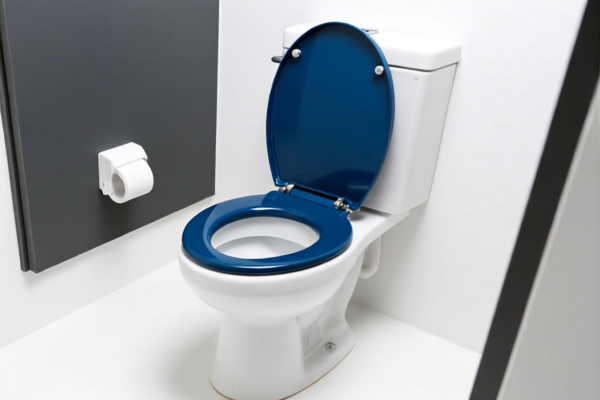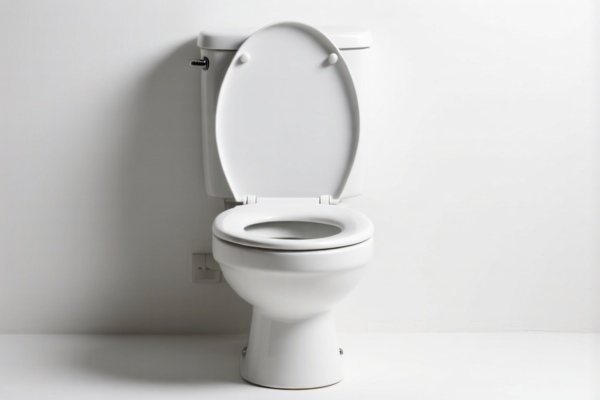| HS Code | Official Doc | Tariff Rate | Origin | Destination | Effective Date |
|---|---|---|---|---|---|
| 7324900000 | Doc | 80.0% | CN | US | 2025-05-12 |
| 6910100005 | Doc | 35.8% | CN | US | 2025-05-12 |
| 6910100020 | Doc | 35.8% | CN | US | 2025-05-12 |
| 6914104000 | Doc | 55.0% | CN | US | 2025-05-12 |
| 6914108000 | Doc | 64.0% | CN | US | 2025-05-12 |
| 3922100000 | Doc | 43.8% | CN | US | 2025-05-12 |
| 3922200000 | Doc | 43.8% | CN | US | 2025-05-12 |




Closestool
A closestool, commonly known as a toilet, is a plumbing fixture used for the disposal of human urine and feces. It is a fundamental component of modern sanitation systems.
Material:
- Ceramic: The most prevalent material due to its durability, non-porosity (resistance to staining and bacterial growth), and ease of cleaning. Porcelain is a common ceramic finish.
- Plastic: Often used in portable toilets or for specific components like toilet seats and lids.
- Stainless Steel: Found in commercial and industrial settings due to its robustness and hygiene.
- Concrete: Historically used, and still found in some rural or less developed areas.
Purpose:
The primary purpose of a closestool is to provide a hygienic and convenient method for the collection and disposal of bodily waste. It is integral to public health by preventing the spread of disease.
Function:
A typical closestool operates using gravity and water.
- Bowl: The receptacle for waste.
- Trap: A curved section of pipe that holds water, creating a seal to prevent sewer gases from entering the bathroom.
- Flush Mechanism: Utilizes water pressure (often from a tank) to remove waste through the trap and into the drainage system. This can be achieved via a lever, button, or automatic flushing systems.
- Drainage: Connects to a sewer line or septic system for waste removal.
Usage Scenarios:
- Residential: Standard fixture in homes.
- Commercial: Public restrooms in offices, schools, shopping centers, etc.
- Industrial: Facilities in factories, construction sites, and other workplaces.
- Portable: Used in temporary events, construction sites, and areas lacking permanent plumbing.
Common Types:
- Two-Piece Toilet: The most common type, consisting of a separate tank and bowl.
- One-Piece Toilet: The tank and bowl are molded as a single unit, generally easier to clean and more compact.
- Wall-Hung Toilet: Mounted to the wall, creating a floating appearance and maximizing floor space. Requires a concealed tank.
- Floor-Mounted Toilet: Sits directly on the floor, the most traditional and common configuration.
- Smart Toilet: Features advanced functionalities such as heated seats, bidet functions, automatic flushing, and air purification.
- Composting Toilet: Uses a biological process to decompose waste, often used in off-grid or environmentally conscious settings.
- Squat Toilet: A toilet without a seat, common in many Asian countries, requiring the user to squat.
The declared goods, “closestool,” fall under sanitary ware. Based on the provided information, several HS codes may be applicable depending on the material and specific type of closestool.
Here are the relevant HS codes:
- 6910100005: Ceramic sinks, washbasins, washbasin pedestals, baths, bidets, water closet bowls, flush tanks, urinals and similar sanitary fixtures: Of porcelain or china Water closet bowls, flushometer type. This code specifically covers porcelain or china water closet bowls with a flushometer type mechanism.
- 6910100020: Ceramic sinks, washbasins, washbasin pedestals, baths, bidets, water closet bowls, flush tanks, urinals and similar sanitary fixtures: Of porcelain or china Other water closet bowls. This code covers porcelain or china water closet bowls that are not flushometer type.
- 7324900000: Sanitary ware and parts thereof, of iron or steel: Other, including parts. This code applies to sanitary ware, including parts, made of iron or steel, and covers items not specifically classified elsewhere.
- 3922100000: Baths, shower baths, sinks, washbasins, bidets, lavatory pans, seats and covers, flushing cisterns and similar sanitary ware, of plastics: Baths, shower baths, sinks and washbasins. This code is applicable if the closestool is made of plastics.
Explanation of HS Code Structure (based on provided information):
The HS code system categorizes goods using a hierarchical structure. Here's a breakdown based on the codes provided:
- Chapter (First two digits): Indicates the broad category of the product. For example, Chapter 69 covers Ceramic articles, Chapter 73 covers Iron or steel articles, and Chapter 39 covers Plastics.
- Heading (Next two digits): Further specifies the product within the chapter. For example, 6910 refers to Ceramic sinks, washbasins, etc.
- Subheading (Next two digits): Provides even more detail. For example, 691010 specifies porcelain or china items within the ceramic sinks category.
Tariff Information (based on provided information):
- 6910100005 & 6910100020: Have a base tariff of 5.8% and a 0.0% additional tariff. However, a 30.0% additional tariff will apply after April 2, 2025.
- 7324900000: Has a base tariff of 0.0%, an additional tariff of 25.0%, and a 30.0% additional tariff after April 2, 2025. The total tariff rate is 80.0%.
- 3922100000: Has a base tariff of 6.3% and an additional tariff of 7.5%, with a 30.0% additional tariff after April 2, 2025. The total tariff rate is 43.8%.
Important Note: The applicable tariff rate depends on the material of the closestool and the date of import. Please verify the material composition of the closestool to determine the correct HS code and corresponding tariff rate.
Customer Reviews
No reviews yet.